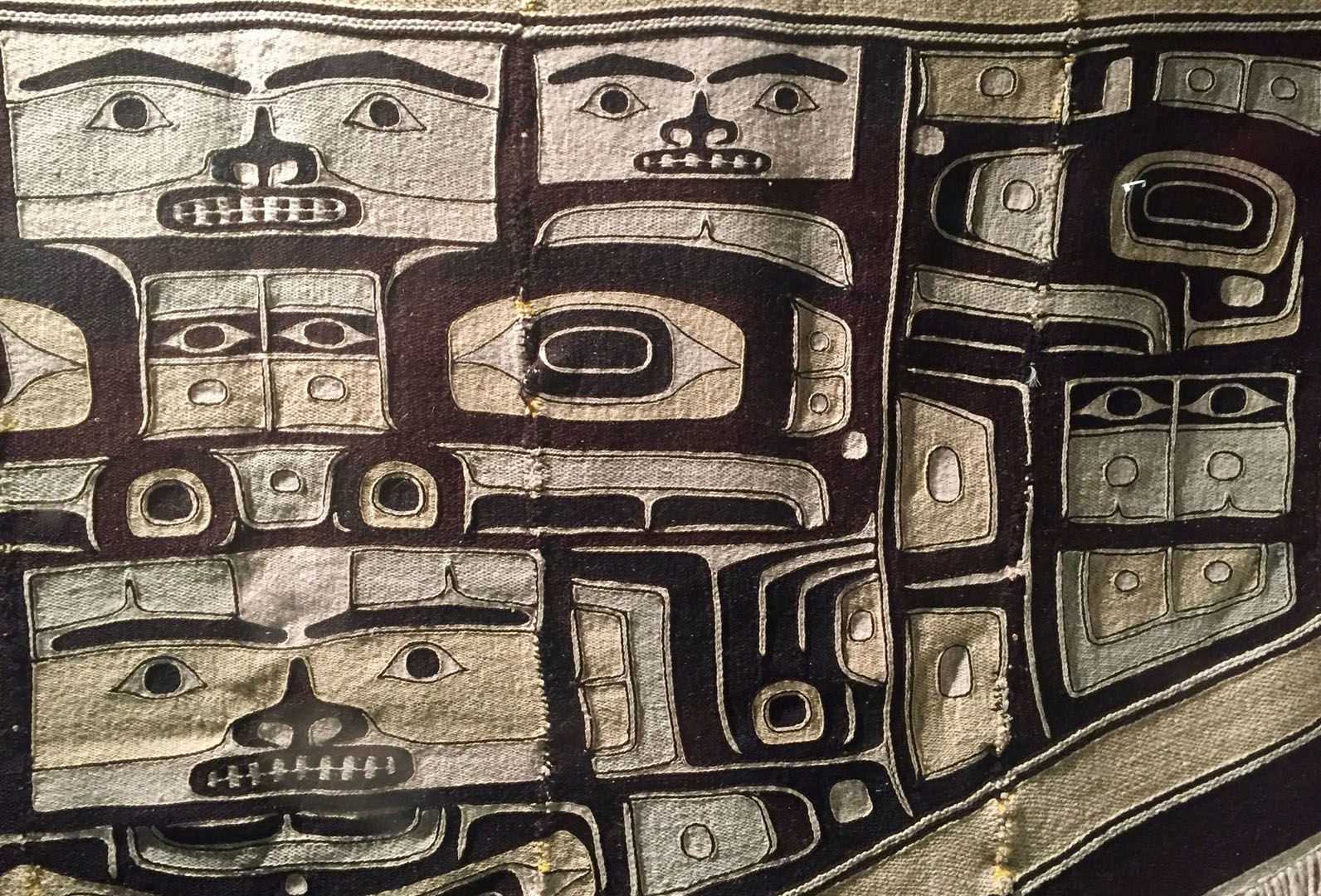Northern British Columbia is one of the oldest continuously inhabited regions of the world, home to hunter-gatherer settlements sustained by the marine riches of the area for hundreds of years before European contact. These communities established extensive trade networks along the same glacially carved fjords we’ve been traveling. Within the last century, the port of Prince Rupert has grown with construction of the Canadian National Railway’s western terminus in ~1915. Economic interests have shifted between fishing, logging, the fur trade and, most recently, containerization for renewable energies, grain and coal.
The National Geographic Sea Bird docked in historic Cow Bay, so named in 1908 when a Swiss farmer unloaded a herd of cattle for his dairy from a barge. Here, the garbage receptacles, fire hydrants, flower planters, propane tanks, and more are painted in cow colors and patterns. Currently, a diverse range of vessels utilize the marina as they travel through Prince Rupert for business or leisure. We visited the Museum of Northern British Columbia, soaking in the stories and details of regional First Nations arts, ceremonial regalia, carvings, and tools—all essential to the perpetuation of each lineage’s history.
As we prepared to cross the Hecate Strait, sailing west overnight to the islands of Haida Gwaii, several humpback whales graced us with patient, near-shore surface feeding passes. The late afternoon light offered photographers excellent conditions. Our day also included a workshop on image editing and an introduction to Haida history and heritage in advance of the next few days’ activities.







